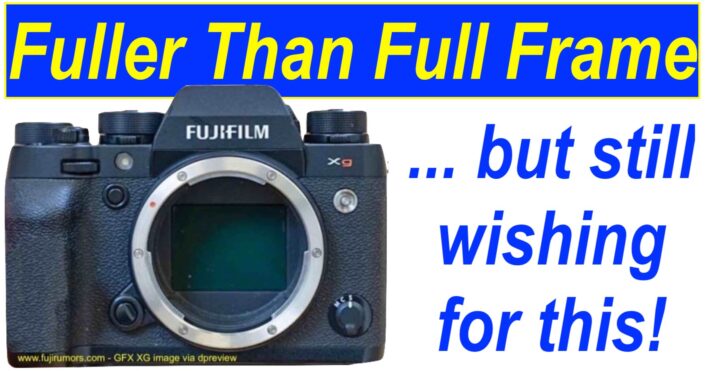
Yes guys, I own the Fujifilm X-E5.
And many have already reached out to me asking why I haven’t reviewed it yet on FujiRumors or if I ever will share a review about it.
Well, I’ll tell you below why I don’t think it makes sense to review it.
But if you want my opinion, let me share the three main problems I encountered with the X-E5.
Problem 1.
I needed half a day to convince my Fujifilm X-E3 to let go of the XF27mmF2.8 R WR — her lifelong companion.
After a complex psychotherapy session (yes, we talked it through), I gently explained that sometimes we just have to let go and move on. Sometimes growth requires change. And if she truly loved the XF27mmF2.8, she’d set it free — let it explore new resolutions, new autofocus algorithms, new X-Trans relationships that would help it grow in ways she never could if always stuck on the X-E4
Problem 2.
The Fujifilm X-E5 looks so perfect — clean lines, flawless build, an aura of quiet confidence — I was honestly terrified to scratch it. It felt like holding a piece of art instead of a camera.
But then my X-E3 gave me a therapy session. She reminded me that the marks we carry are proof of a fully life lived. She said: “you can’t protect your X-E5 from scratches without also protecting yourself from the joy of using it“.
I knew my Fujifilm X-E3 stole that line from one of the best books I’ve ever read, Extremely Loud and Incredibly Close by Jonathan Safran Foer, in which Jonathan wrote “you cannot protect yourself from sadness without protecting yourself from happiness“. But I somehow forgot about it, and it is nice that my X-E3 reminded me of that.
Problem 3.
Problem 3 required a group therapy session with a secret Fujifilm community — a place where we meet only to discuss and cry about the nonsense things Fujifilm does.
You’ll find people there who still haven’t emotionally recovered from last year’s autofocus firmware fiasco (finally fixed after months of collective suffering). Others are still clinging to hope for an X-Pro4 or X80, wondering why on earth Fujifilm poured tons of R&D into “GFX Eterna” instead. Then there are those waiting since 65 months for their pre-ordered Fujifilm X100VI and even a special support circle for those permanently traumatized by years of using the old Fujifilm Camera Remote app. We’ve all endured our share of pain.
My personal breaking point? Discovering that my new favorite EVF display setting — the “Classic Display Mode” — had simply vanished. Gone. For hours I frantically searched menus, reset settings, questioned reality. Nothing.
Only through the combined wisdom of the Fujifilm group did we uncover the truth: if you enable “Semi-Transparent” in the “Surround View Mode”, the Classic Display Mode disappears.
Why? No idea.
Some things in life just defy logic… and this is one of them.
So Why No Review?
It makes no sense to review perfection. ;)
Or as a fellow Fujifilm brother wrote in his Amazon X-E5 review, it deserves six out of five stars. I couldn’t have said it better myself — that’s exactly my rating, too.
So I’ll leave the formal reviews to those who make a living dissecting specs and pixel-peeping at 300%.
Honestly, I haven’t even watched a single X-E5 review since I own it. I couldn’t care less. Whether people praise it or tear it apart doesn’t matter to me. I own it. I love it. And that’s my review.
Get Yours





